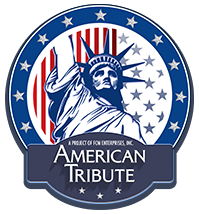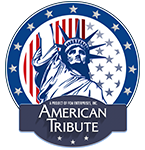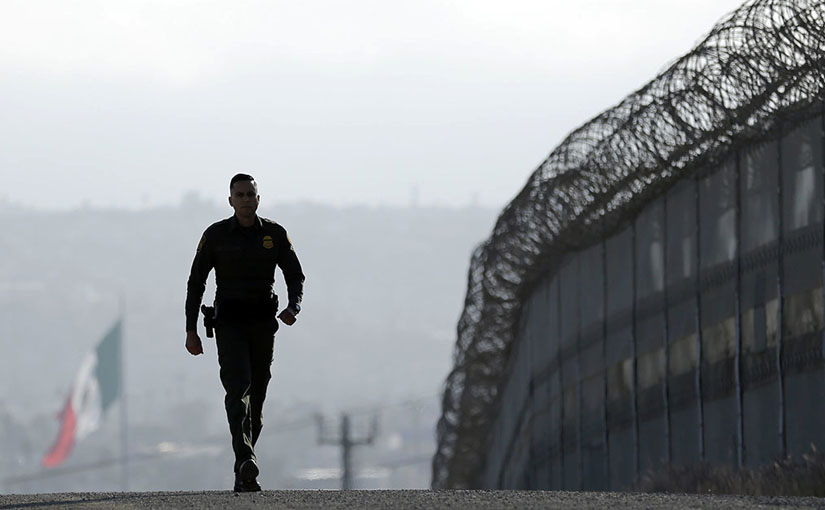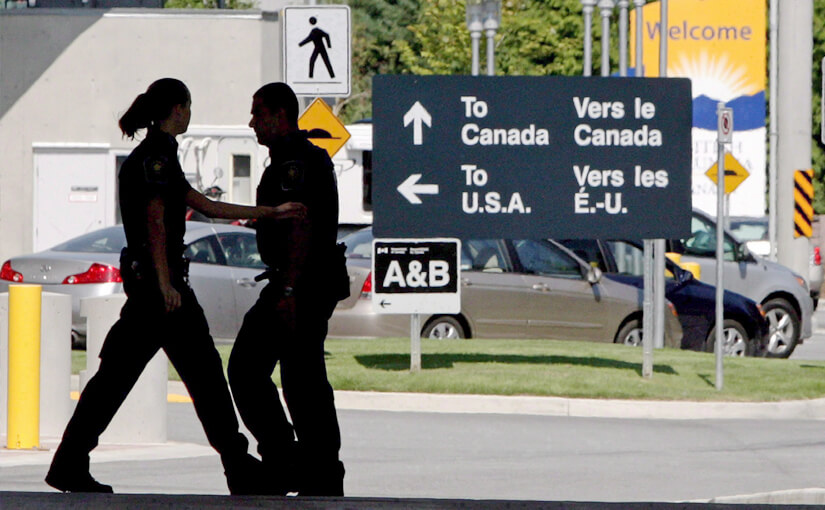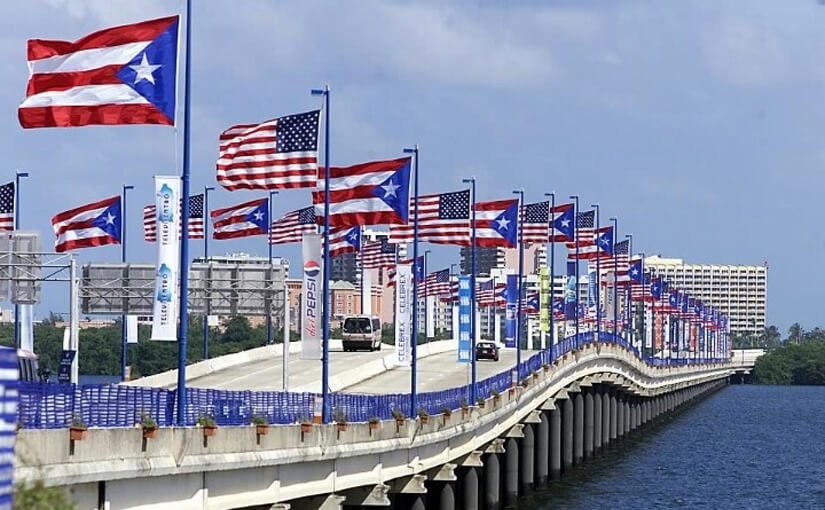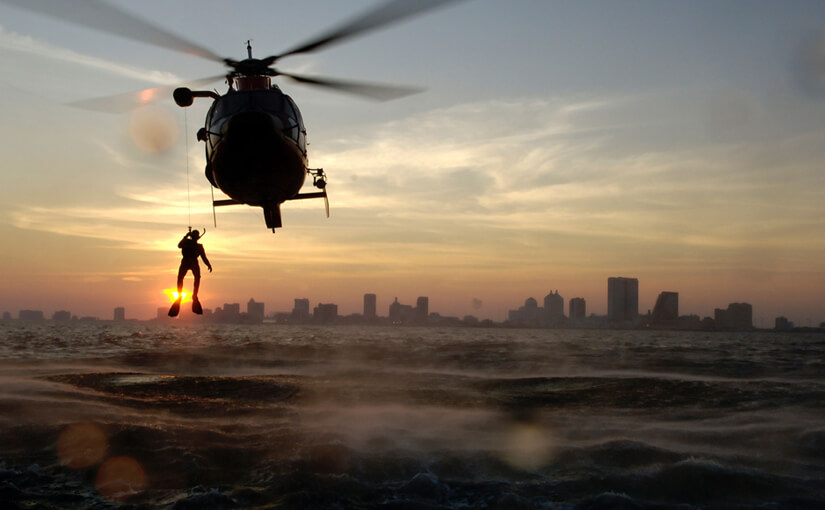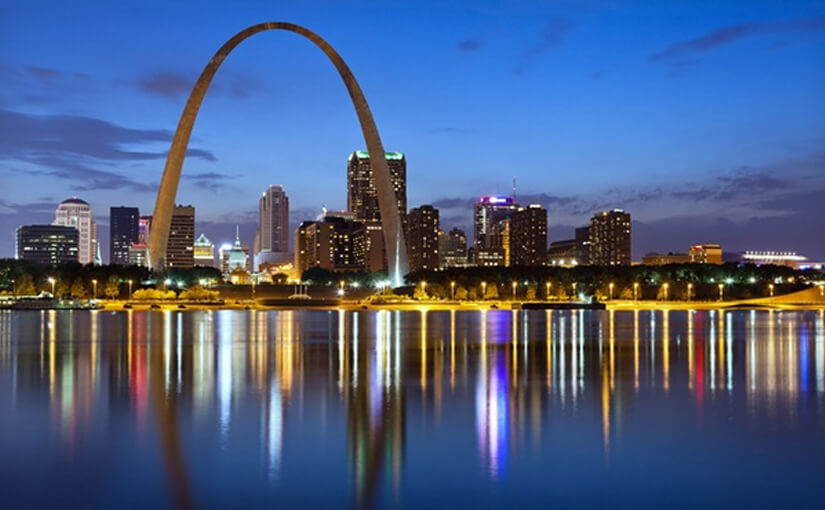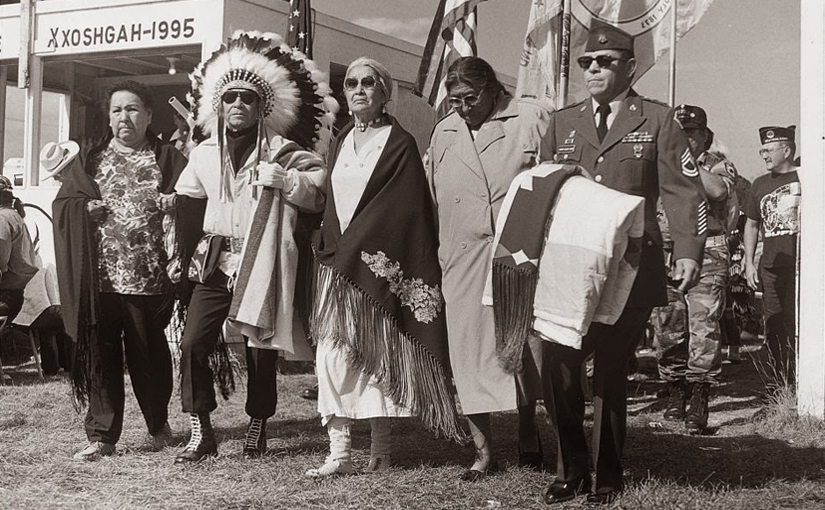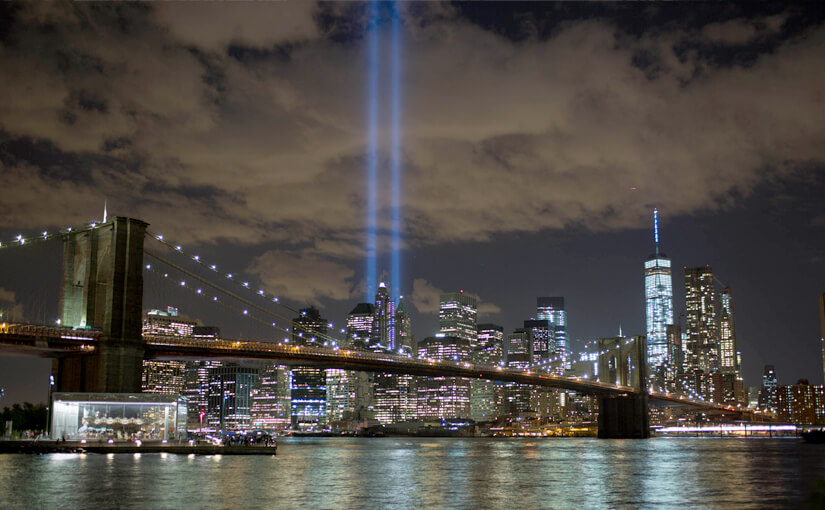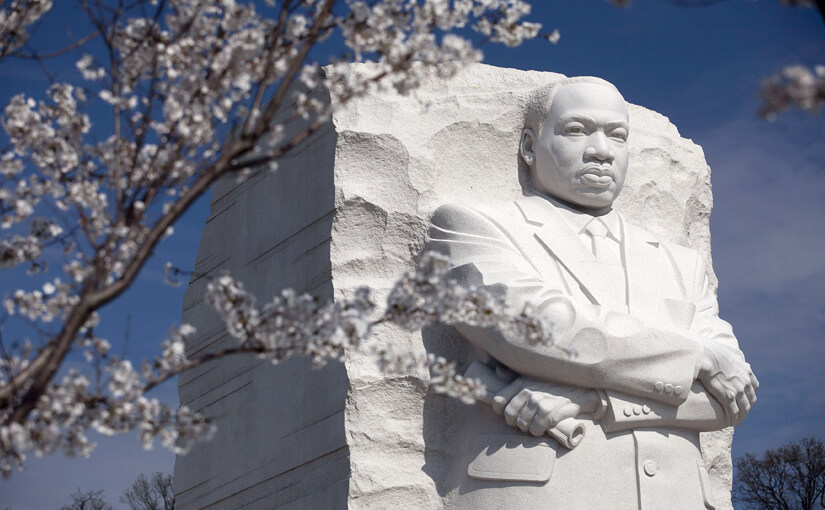- California
- Arizona
- New Mexico
- Texas
The border between the United States and Mexico is about 1,900 miles long and spans four U.S. states— Arizona, California, New Mexico, and Texas.
The United States established the border with Mexico after the Mexican-American War and the Gadsden Purchase in 1853.
The Gadsden Purchase helped the United States get the land it needed to expand the southern railroad. The United States bought this land for $10 million.
The land bought through the Gadsden Purchase is now part of the states of Arizona and New Mexico. The U.S. border with Mexico is one of the busiest international borders in the world.
** As you prepare for U.S. citizenship, Learn About the United States: Quick Civics Lessons will help you study for the civics and English portions of the naturalization interview. There are 100 civics (history and government) questions on the naturalization test.
During your naturalization interview, you will be asked up to 10 questions from the list of 100 questions. You must answer correctly six (6) of the 10 questions to pass the civics test.
